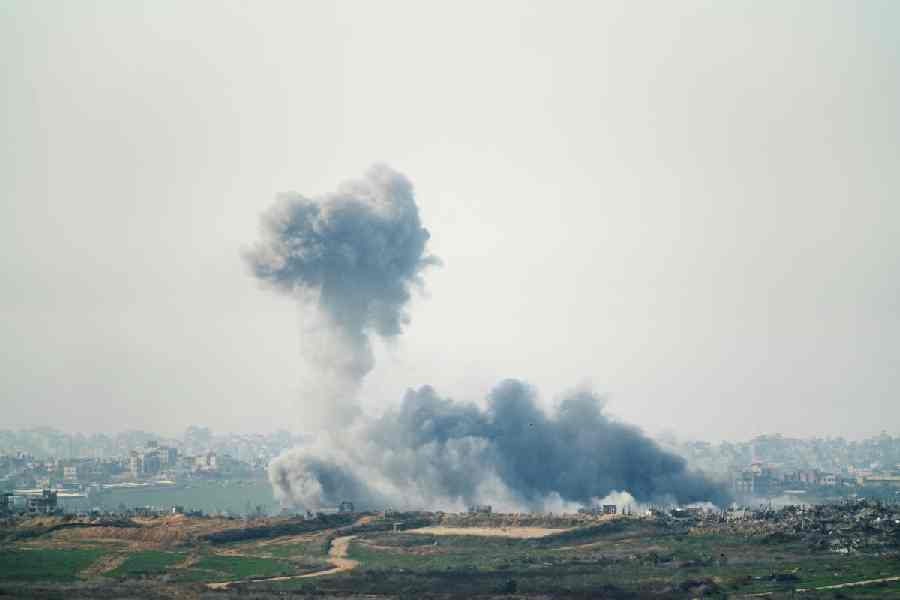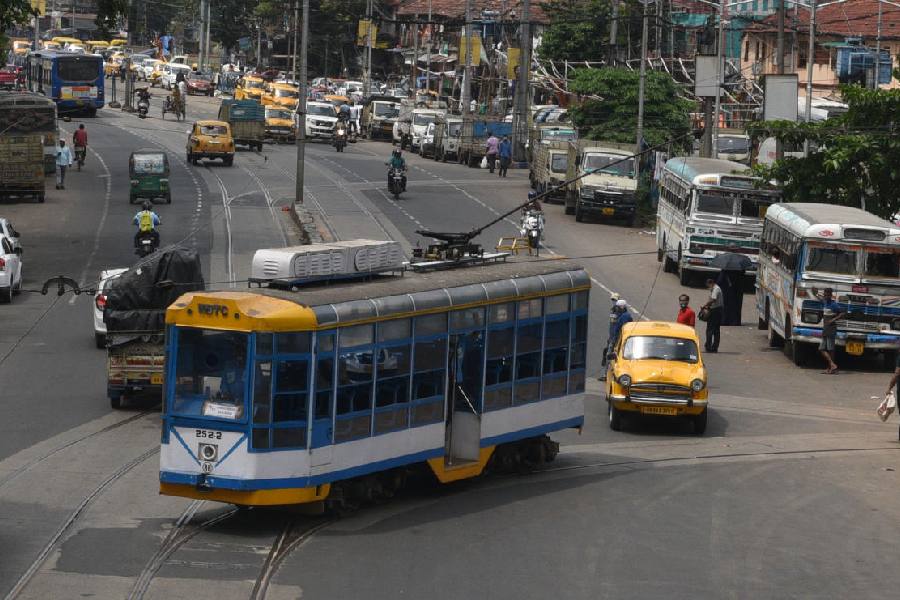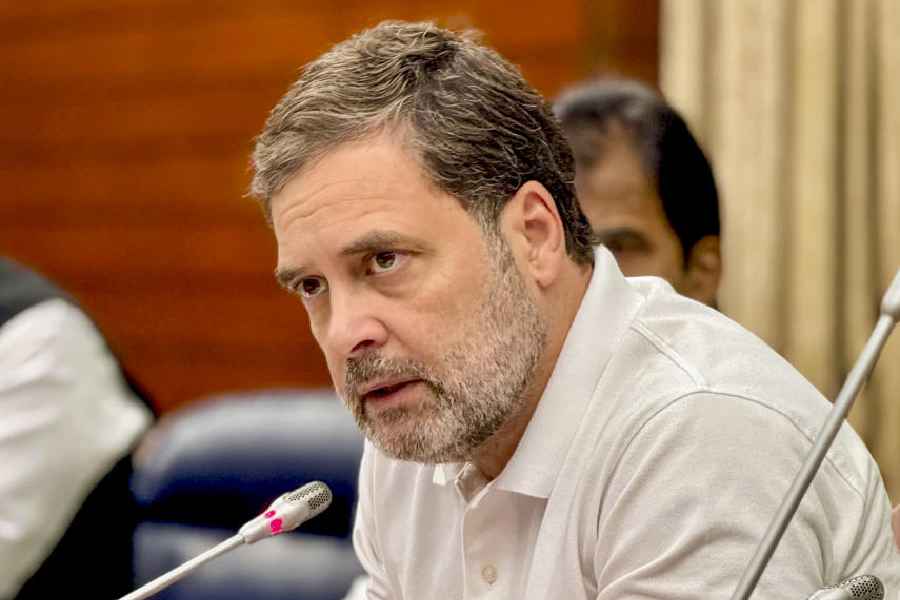A residential apartment at Kanke Road has achieved what is almost unthinkable for the parched capital this summer.
Satya Enclave Block B gets 24/7 water at a time most capital residents make do with a couple of hours, and in many cases, no more than 30 minutes. Those who don’t have the luxury of piped water at home wait in queues for Ranchi Municipal Corporation tankers.
But the people of Satya Enclave have proven that it’s not impossible to beat the water crisis with right intent and smart execution. The low-maintenance rainwater harvesting system with recharge pits, which the flat owners of the apartment had developed in 20016, has proven to be dependable. From the security guard to flat owners, everyone takes pride in it.
“We never faced water crisis in the apartment. Rainwater harvesting system of the block is so effective that each of the 30 flat owners of this block get round-the-clock water. We feel sad to go through news that people stab each other for water when it is in our hands to control the crisis,” the guard told this paper on Thursday.
Flat owner Abhay Nand Ambastha, who is also the joint secretary of the drinking water and sanitation department, said in April they had started rationing water as a precautionary measure against crisis, “more as a matter of our habit during summer”.
“But when the city received 34mm rainfall due to the Fani cyclone early in May, we came back to supplying 24/7 water, thanks to rainwater harvesting,” he said.
His neighbour Tushar Verma, a mining engineer of CMPDIL, said the same.
“We are lucky we do not have to depend on water tankers like others in the city,” he added.
Flat owner and retired general manager of CMPDIL, K.V.V.S. Gautam, at whose initiative the rainwater harvesting started in 2016, explained why the system was so effective.
“Our Block B is spread over 10,000sqft area. Rainwater, collected in the terrace, is channelled through pipes to a 3-feet deep settlement pit and then to three interlinked recharge pits, each 10-feet deep and with a diameter of 8 feet, to recharge the groundwater. The middle recharge pit is connected with a 500-feet-deep borehole with a pipe. “Nature and gravity do most of the job,” Gautam smiled. “And apart from very basic annual clean-up, there has been absolutely no recurring expenditure so far.”
Apart from water artificial water harvesting system, they had a natural water harvesting system, Gautam said. “About 20 feet from recharge pit, we have a 21-feet deep elliptical well that’s properly covered for the safety of children. This well also helps recharge our groundwater table,” Gautam said.










